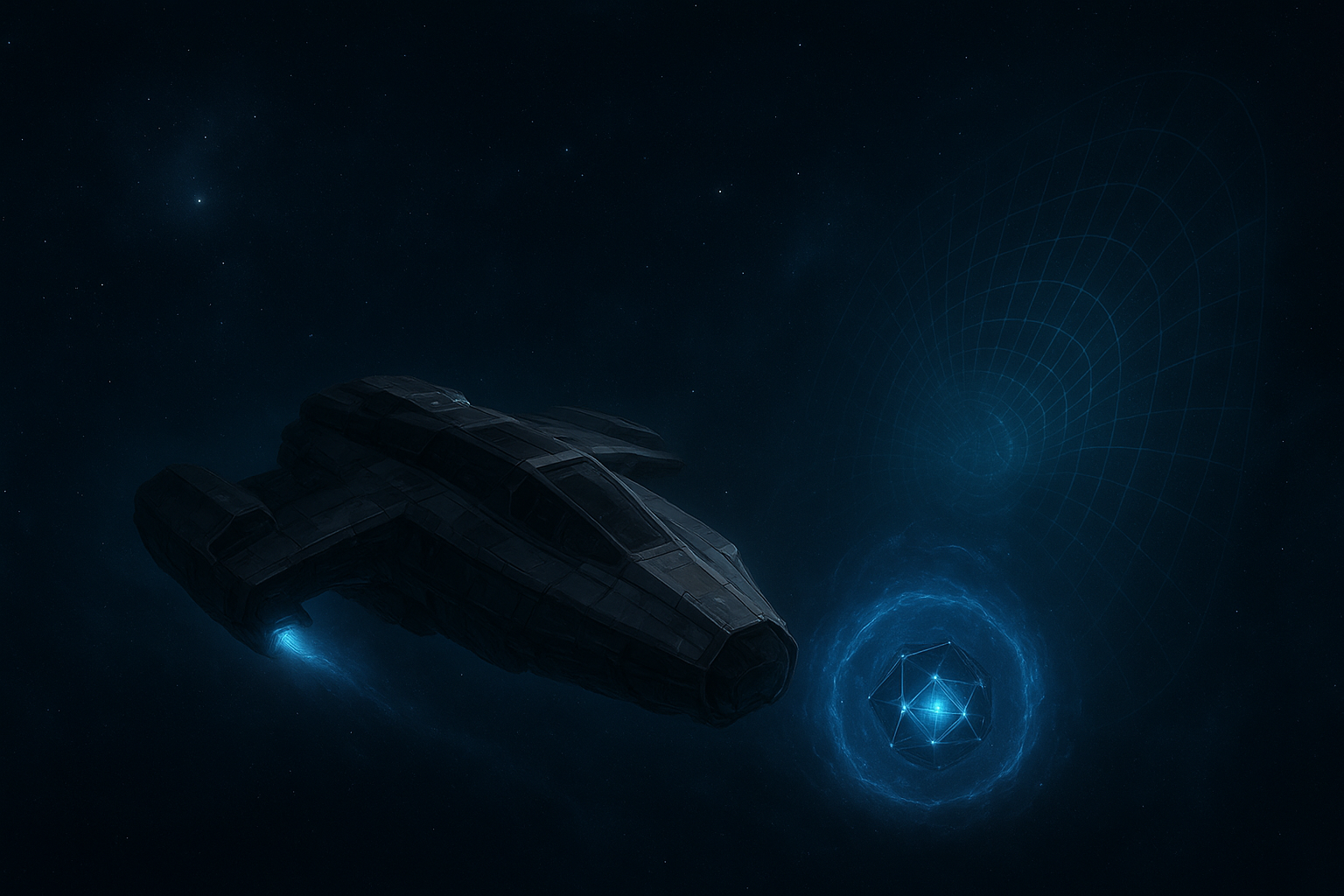Introduction: A New Era in Space Navigation
Space exploration has always been about pushing boundaries. From the first moon landing to the deployment of the James Webb Space Telescope, humanity’s journey beyond Earth is a testament to innovation. Now, a new technology is emerging that could redefine how we explore the cosmos: quantum sensors.
These advanced devices promise unparalleled precision in navigation, measurement, and detection — making them indispensable for deep space travel, where traditional GPS and sensors fail.
1. What Are Quantum Sensors?
At their core, quantum sensors leverage the principles of quantum mechanics — the same science that governs the behavior of atoms, photons, and subatomic particles.
Unlike conventional sensors, which rely on classical physics, quantum sensors utilize phenomena like:
- Quantum entanglement: Linking particles so their states remain connected, regardless of distance.
- Quantum superposition: Allowing particles to exist in multiple states simultaneously.
- Atomic interference: Measuring phase shifts in atomic wavefunctions to detect movement and fields.
Why this matters:
In deep space, precision can mean the difference between a successful mission and a catastrophic failure. Quantum sensors measure changes in gravity, acceleration, and rotation with nanometer-level accuracy — crucial for navigating in areas without GPS.
2. Why GPS Doesn’t Work in Deep Space
On Earth, we take GPS for granted. However, GPS satellites orbit within Earth’s vicinity and have a limited range.
Once a spacecraft ventures beyond the Earth-Moon system, GPS signals fade into nothingness. Without accurate positioning, deep space missions must rely on:
- Star trackers (which can be obscured by dust or light)
- Inertial navigation systems (which drift over time)
- Manual trajectory adjustments (which consume fuel)
This is where quantum navigation comes in — self-contained, drift-free, and immune to external interference.
3. How Quantum Sensors Power Deep Space Travel
Quantum sensors can support multiple critical functions in space missions:
3.1 Navigation Without GPS
Atomic interferometers can measure motion so precisely that a spacecraft can determine its exact position based solely on onboard measurements — no external signals required.
3.2 Mapping Gravitational Fields
Deep space isn’t “empty.” Invisible gravitational influences from planets, moons, asteroids, and dark matter can affect a spacecraft’s path. Quantum gravimeters can detect these tiny variations, enabling:
- Safer navigation through asteroid belts
- Early detection of gravitational anomalies
- More efficient planetary landings
3.3 Detecting Gravitational Waves
Quantum sensors are sensitive enough to detect ripples in space-time caused by massive cosmic events like black hole mergers. This could help missions avoid high-radiation zones or unstable regions.
3.4 Resource Prospecting
Future space mining operations could use quantum sensors to detect subsurface minerals and water ice on planets or asteroids without drilling — saving time and resources.
4. Real-World Projects and Research
4.1 NASA’s Quantum Technology Initiatives
NASA is actively researching cold-atom-based quantum sensors for space navigation.
In 2022, they tested a prototype quantum accelerometer capable of measuring velocity changes more precisely than traditional systems.
4.2 European Space Agency (ESA) Experiments
ESA has funded projects like QSENS (Quantum Sensors for Space) to integrate atomic clocks, gravimeters, and magnetometers into spacecraft.
4.3 Quantum Clocks
Highly stable quantum clocks can keep time to within a billionth of a second over years — essential for synchronization in interplanetary communication.
5. Advantages of Quantum Sensors in Space
- No Signal Dependence – Works where GPS, radio, and optical systems fail.
- Ultra-Precise Measurements – Can detect changes at atomic scales.
- Resistance to Environmental Factors – Functions in darkness, radiation, and extreme temperatures.
- Low Power Consumption – Critical for long-duration missions.
6. Challenges in Implementing Quantum Sensors
While the promise is immense, practical challenges remain:
- Miniaturization – Current quantum devices are bulky and require controlled environments.
- Cryogenic Cooling – Many quantum sensors need near-absolute-zero temperatures.
- Space Hardening – Must withstand radiation, microgravity, and launch stresses.
- Cost – Advanced quantum systems are expensive to produce and test.
7. Future Applications in Deep Space Travel
As the technology matures, quantum sensors could:
- Enable Crewed Mars Missions – Providing pinpoint navigation for landings.
- Support Interstellar Probes – Guiding spacecraft to nearby star systems.
- Assist in Space Colonization – Mapping and preparing terrain for habitats.
- Enable Autonomous Spacecraft – Reducing the need for real-time commands from Earth.
8. The Impact on Human Space Exploration
Imagine a future mission to Proxima Centauri b, our closest exoplanet. With quantum sensors:
- The spacecraft would self-navigate without relying on Earth-based tracking.
- It could map gravitational hazards in real-time.
- Quantum magnetometers could detect magnetic field variations, hinting at planetary habitability.
This would transform space exploration from reactive (correcting mistakes as they happen) to proactive (anticipating and avoiding problems entirely).
9. Conclusion: The Quantum Leap for Humanity
Quantum sensors represent one of the most exciting frontiers in science and technology. By harnessing the strange yet powerful laws of quantum mechanics, humanity can finally overcome the navigational, measurement, and detection limitations that have held back deep space travel.
As research continues, these devices could become as essential to space missions as rockets themselves — guiding us through the cosmic unknown with unprecedented accuracy.

Букеты из тюльпанов на 8 марта — это идеальный способ выразить свои чувства и сделать этот день незабываемым. Цветы на 8 марта.
Тюльпановые букеты к 8 марта — это отличный способ выразить свою любовь и уважение к женщинам. Эта деталь добавит особую изюминку в ваш подарок.